Tomer Libal
Inria, Paris
The NAI Suite -- Drafting and Reasoning over Legal Texts
Oct 15, 2019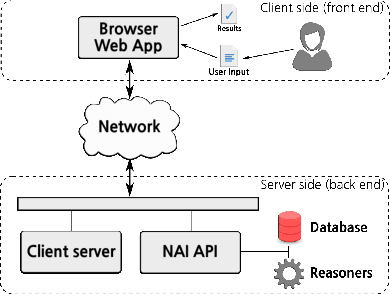
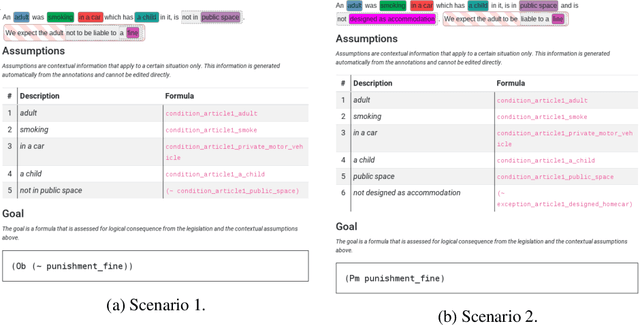
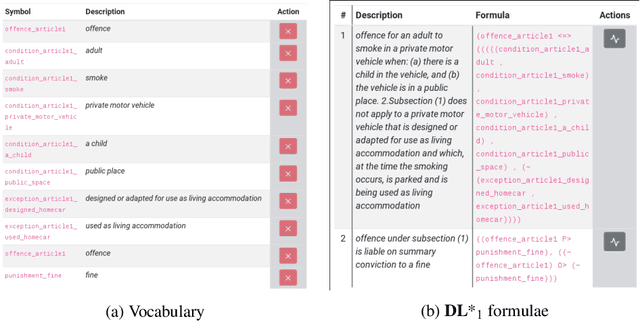
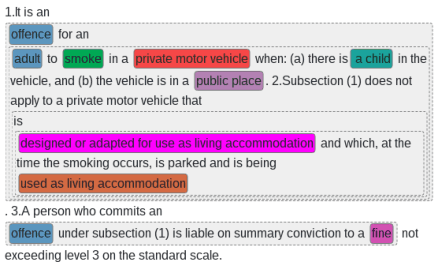
Abstract:A prototype for automated reasoning over legal texts, called NAI, is presented. As an input, NAI accepts formalized logical representations of such legal texts that can be created and curated using an integrated annotation interface. The prototype supports automated reasoning over the given text representation and multiple quality assurance procedures. The pragmatics of the NAI suite as well its feasibility in practical applications is studied on a fragment of the Smoking Prohibition (Children in Motor Vehicles) (Scotland) Act 2016 of the Scottish Parliament.
Automated Reasoning in Normative Detachment Structures with Ideal Conditions
Oct 23, 2018


Abstract:Systems of deontic logic suffer either from being too expressive and therefore hard to mechanize, or from being too simple to capture relevant aspects of normative reasoning. In this article we look for a suitable way in between: the automation of a simple logic of normative ideality and sub-ideality that is not affected by many deontic paradoxes and that is expressive enough to capture contrary-to-duty reason- ing. We show that this logic is very useful to reason on normative scenarios from which one can extract a certain kind of argumentative structure, called a Normative Detachment Structure with Ideal Conditions. The theoretical analysis of the logic is accompanied by examples of automated reasoning on a concrete legal text.
Determinism in the Certification of UNSAT Proofs
Dec 05, 2017
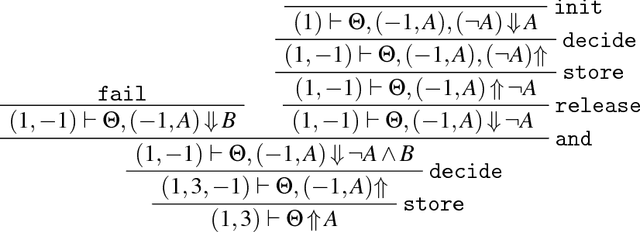
Abstract:The search for increased trustworthiness of SAT solvers is very active and uses various methods. Some of these methods obtain a proof from the provers then check it, normally by replicating the search based on the proof's information. Because the certification process involves another nontrivial proof search, the trust we can place in it is decreased. Some attempts to amend this use certifiers which have been verified by proofs assistants such as Isabelle/HOL and Coq. Our approach is different because it is based on an extremely simplified certifier. This certifier enjoys a very high level of trust but is very inefficient. In this paper, we experiment with this approach and conclude that by placing some restrictions on the formats, one can mostly eliminate the need for search and in principle, can certify proofs of arbitrary size.
* In Proceedings PxTP 2017, arXiv:1712.00898
 Add to Chrome
Add to Chrome Add to Firefox
Add to Firefox Add to Edge
Add to Edge